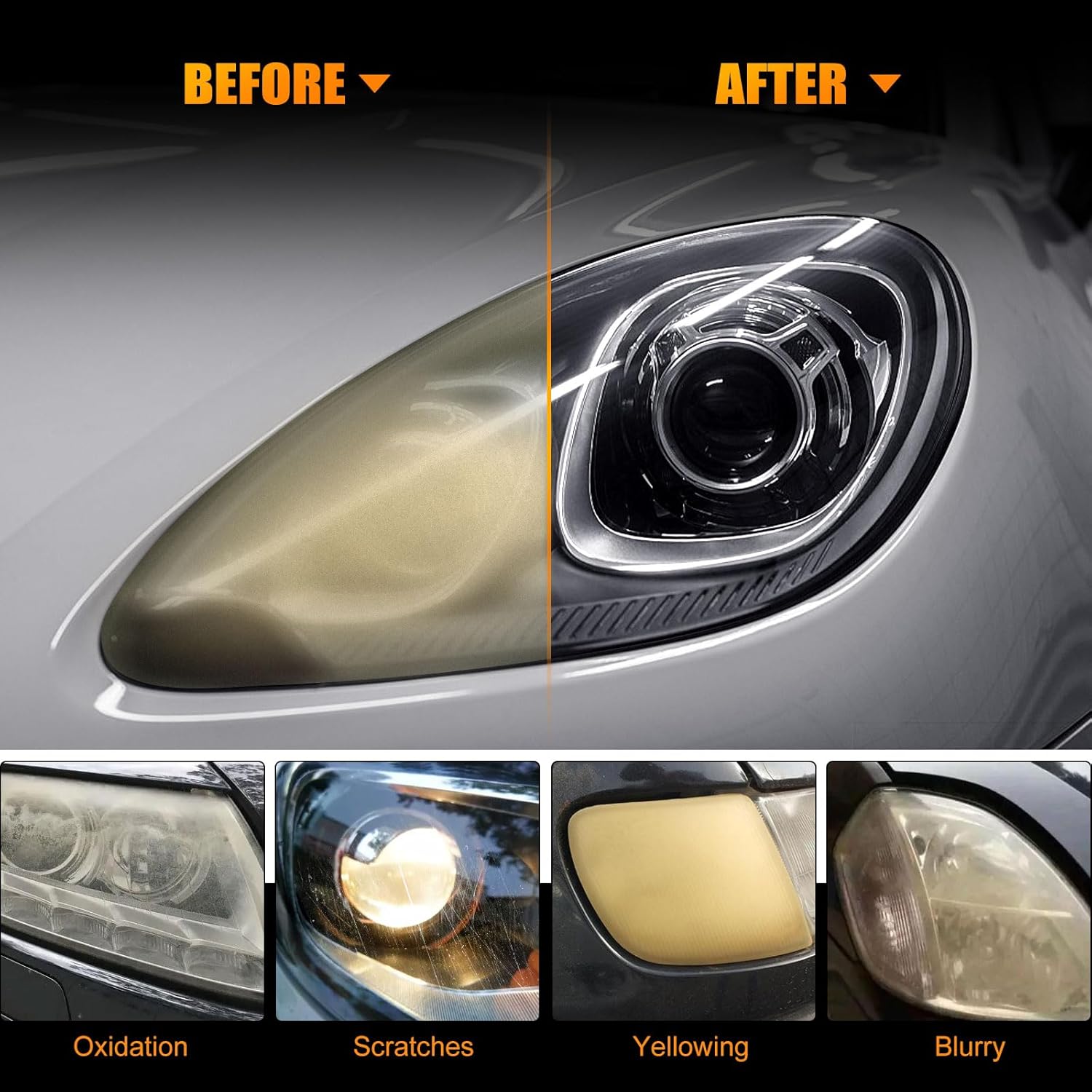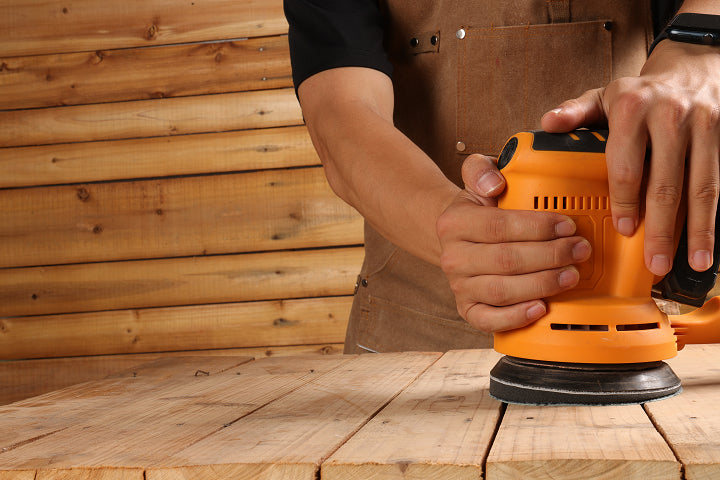Flap Disc vs. Sanding Disc: Which is Better for Your Needs?
Flap discs and sanding discs are both popular circular abrasive tools designed for various grinding and finishing tasks. Choosing the right one for your project can significantly impact efficiency and results. This article will help you understand the differences between flap discs and sanding discs. This guide will help you make a smart choice, even if you are new to these tools.
Flap Disc Basics
Types and Materials of Flap Discs

Flap discs are composed of overlapping abrasive flaps arranged around a central hub. This unique design allows them to perform both grinding and finishing in one step. They are typically made from materials like aluminum oxide, zirconia, or ceramic grains. Each type offers distinct advantages:
- Aluminum Oxide: Ideal for general-purpose applications on wood and metal. This is a great option if you're working on smaller DIY projects or need a budget-friendly choice.
- Zirconia: Offers durability and efficiency for heavy-duty grinding on tough materials. This type is perfect for frequent use on metals that require a lot of material removal.
- Ceramic: Provides superior performance and longevity, especially for high-pressure grinding tasks. While more expensive, ceramic is best for professionals who need maximum efficiency.
Main Applications of Flap Discs
Flap discs are versatile tools primarily used for:
- Metalworking: Removing weld seams, deburring, and blending surfaces. If you're working on repairing metal structures or welding projects, a flap disc is indispensable.
- Woodworking: Smoothing rough edges and surfaces. This can be useful for tasks like furniture making or fixing uneven wood panels.
- Polishing: Achieving a smooth, finished look on various materials. For those aiming for a polished, professional result, flap discs simplify the process.
Advantages and Disadvantages of Flap Discs
Advantages:
- Longer lifespan compared to traditional sanding discs, meaning you won’t need to replace them as often.
- Provides a smoother finish because of overlapping flaps that gradually wear down.
- Can grind and finish in a single step, saving time during projects.
Disadvantages:
- Higher initial cost, which may seem expensive to beginners.
- Limited effectiveness on curved or intricate surfaces where precision is required.
Sanding Disc Basics
Types and Materials of Sanding Discs

Sanding discs come in various forms, including hook-and-loop, PSA (Pressure Sensitive Adhesive), and fiber-backed discs. They are simpler in design than flap discs but equally effective in the right scenarios. Materials used include silicon carbide, aluminum oxide, and ceramic:
- Silicon Carbide: Best for sanding hard materials like glass and ceramics. A good option for delicate yet tough surfaces exists.
- Aluminum Oxide: Suitable for general-purpose sanding on wood and metal. This is a versatile choice for most home improvement projects.
- Ceramic: Durable and efficient for heavy-duty applications. Ceramic sanding discs are designed for professional-grade tasks.
Main Applications of Sanding Discs
Sanding discs are widely used for:
- Surface Preparation: Cleaning, smoothing, and leveling surfaces before painting or staining. This is essential for achieving a professional finish.
- Paint Removal: Stripping old coatings from metal, wood, or plastic. If you’re refurbishing old furniture or repainting metal gates, a sanding disc works wonders.
- Detail Work: Sanding intricate shapes and edges. For projects that involve delicate designs or tight corners, sanding discs are your go-to option.
Advantages and Disadvantages of Sanding Discs
Advantages:
- Lower cost compared to flap discs, making them an affordable choice for short-term projects.
- Wide range of grits for fine to coarse sanding, allowing you to tackle a variety of tasks.
- Effective on curved and intricate surfaces, thanks to their flat design.
Disadvantages:
- Shorter lifespan, which means you may need to stock up on replacements for large projects.
- May require multiple steps to achieve a finished look, adding time to the process.
Key Differences Between Flap Discs and Sanding Discs
- Design: Flap discs feature overlapping flaps, while sanding discs have a flat abrasive surface.
- Lifespan: Flap discs generally last longer and are better suited for heavy-duty tasks.
- Applications: Flap discs excel in grinding and finishing, while sanding discs are better for surface preparation and detail work.
- Cost: Sanding discs are more affordable but may require frequent replacements, which could add in cost over time.
When to Use Each Tool
Surface Type
- Flap Discs: Best for flat surfaces and slight curves, where even material removal is required.
- Sanding Discs: More effective on heavily contoured or intricate surfaces, such as furniture carvings.
Work Angle
- Flap Discs: Ideal for heavy material removal and blending large, flat areas.
- Sanding Discs: Better for precision work and light sanding tasks, especially on edges and corners.
Usage Duration
- Flap Discs: Preferable for long-duration tasks because of their durability. You won’t need to stop frequently to replace them.
- Sanding Discs: Suitable for shorter tasks or fine detail work where quick changes between grits are needed.
Material Type
- Flap Discs: Excellent for metal and wood, particularly for aggressive grinding tasks.
- Sanding Discs: Suitable for a variety of materials, including plastic and composites. These are great for delicate surfaces that need more control.
Tips and Precautions for Using Flap Discs and Sanding Discs
- Always use the appropriate disc for the task and material to avoid damage to your tools or the workpiece.
- Ensure proper attachment to the tool to avoid accidents. Loose discs can be dangerous.
- Use the correct speed and pressure to maximize efficiency and lifespan. Excessive force can cause premature wear.
- Wear protective gear, such as goggles and gloves, during operation. Dust and debris can be hazardous.
- Regularly inspect discs for wear or damage before use. Using damaged discs can compromise safety and results.
- Follow the manufacturer’s recommendations for optimal performance and safety, especially if you’re a beginner.
Conclusion
Both flap discs and sanding discs have their unique strengths and applications. By knowing their differences and picking the right tool for your needs, you can get better results and work more efficiently.
Whether you’re working with metal, wood, or other materials, the right abrasive tool makes all the difference. Check your project needs closely. Don’t be afraid to try both tools. This will help you find the best fit for your work.
For beginners, start with simple tasks to familiarize yourself with how these tools perform. Gradually, as you gain confidence, move on to more complex projects to fully harness their potential.
Looking for reliable flap discs and sanding discs? Abrasives Master offers many high-quality abrasive tools. These tools are made for both professionals and DIY enthusiasts. Explore our collection today and elevate your projects with tools you can trust!
Continue Reading

How to Restore Headlights: A Simple DIY Guide

